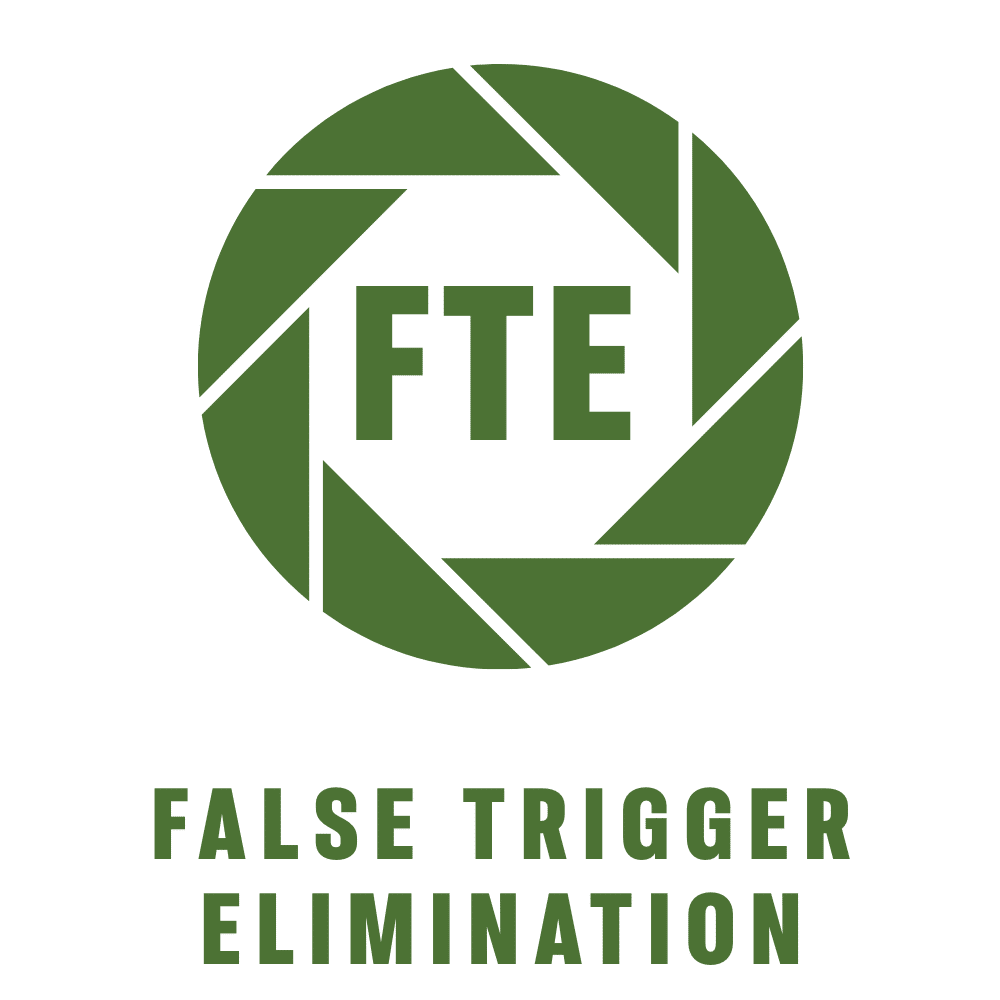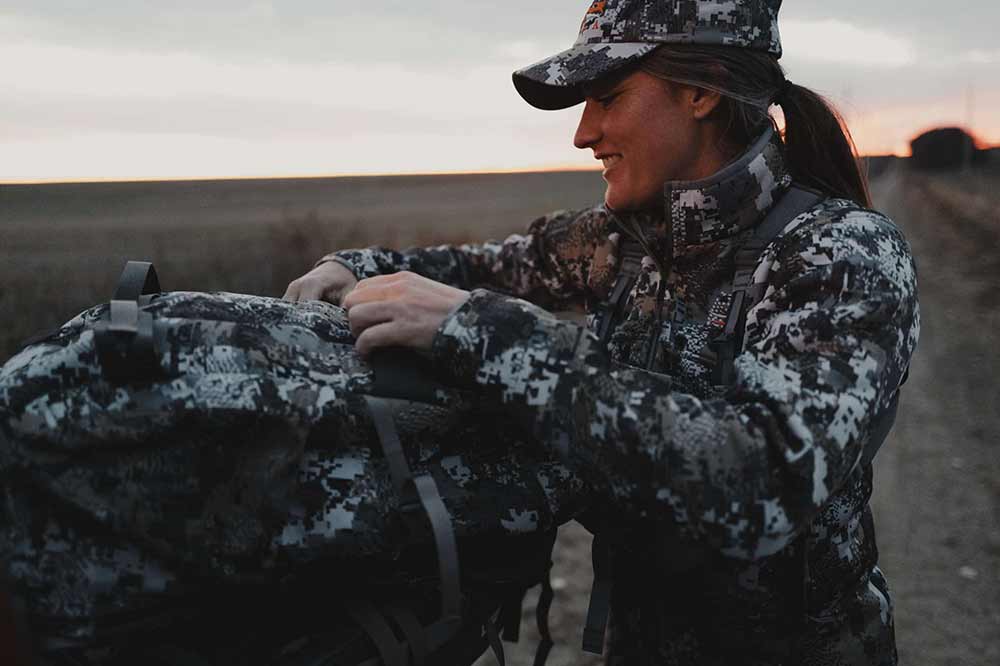Past and Present Female Participation in Hunting
By: Lindsey Davis
It is an exciting time to be female in the outdoor space, as women are increasingly breaking stereotypes and carving out their own paths as skilled and passionate hunters, anglers, mountaineers, researchers, advocates, professionals, conservationists and so much more.
Women’s Role in Hunting Throughout History
Historically, women’s roles in hunting have been limited to being the gatherers alongside their male hunting counterparts. However, as more women achieve rank in fields like anthropology and archeology, this narrative is being rewritten, and findings are being re-interpreted worldwide.
Recently, “The discovery of a 9,000-year-old female skeleton buried with what archaeologists call a ‘big-game hunting kit’ in the Andes highlands of Peru has challenged one of the most widely held tenets about ancient hunter-gatherers — that males hunted and females gathered.”[1]
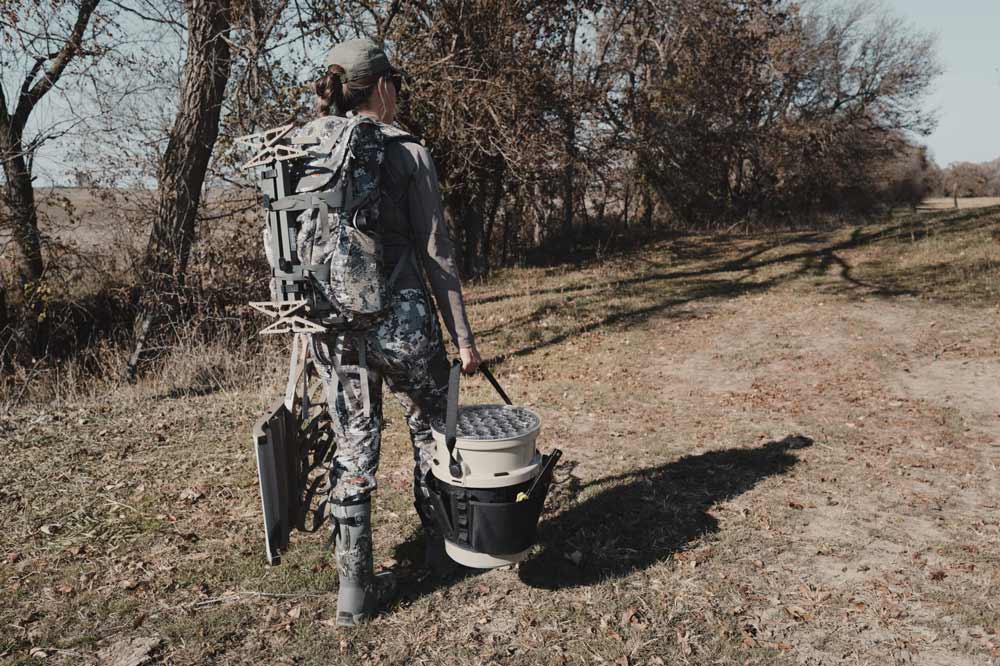
This development led researchers to review findings from other burials in the early Americas, and in 2020, they concluded that “big game hunting between 14,000 and 8,000 years ago was gender-neutral.”[2] This means that in most modern foraging societies where hunting was the most important means of finding food, women played an active role in bringing home the bacon for survival.
There are endlessly interesting facts to dive into from these research developments like scientists finding that “women were more flexible in their approaches to hunting as they aged. Which weapons they chose, the game they chased, and who accompanied them during hunts changed with age and the number of children or grandchildren the hunters had. Often, the oldest women participated the most. (In one bow-and-arrow culture, for example, a grandmother was prized for having the best aim.)”.[3]
Women Participating in Hunting Today
These developments, paired with today’s statistics from the United States Fish and Wildlife Service labeling women as the current fastest-growing hunting demographic in the country, edify how important it is for women to lay claim to our roles as wild food purveyors and stewards of the wild.2 The shift highlights women’s deep connection with nature and our desire to engage in activities that foster self-reliance, stewardship, and a profound appreciation for the natural world. Female participation in hunting today is between 10-15 percent and doubling, while men’s is declining. There is, however, a dropoff in consistent female participation, which looks at the number of women who buy licenses after one year and over a five-year period. This means we have work to do to continue to help women feel invited, equipped, prepared, confident, autonomous, and driven for the pursuit.
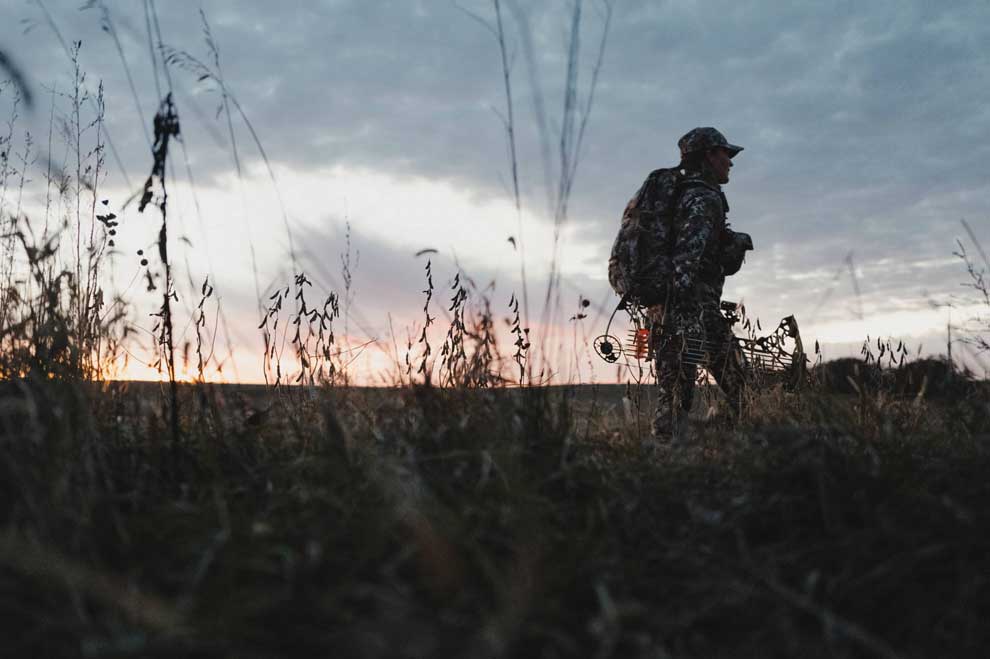
Every woman’s success should inspire one another along this journey.
As more women join the ranks of hunters, we bring diverse perspectives and contributions that ensure the durability of the North American Model for Wildlife Conservation, enrich the hunting community, and propel it forward into a more dynamic future.
[1] Ancient Remains in Peru Reveal Young, Female Big-Game Hunter
[2] Move Over, Men: Women Were Hunters, Too – The New York Times
[3] Move Over, Men: Women Were Hunters, Too – The New York Times


Featured
This venison lasagna features an easy meat sauce, layered with noodles and cheeses. The sweet Italian sausage complements the lean venison. It’s perfect for feeding a crowd at a potluck or family dinner.
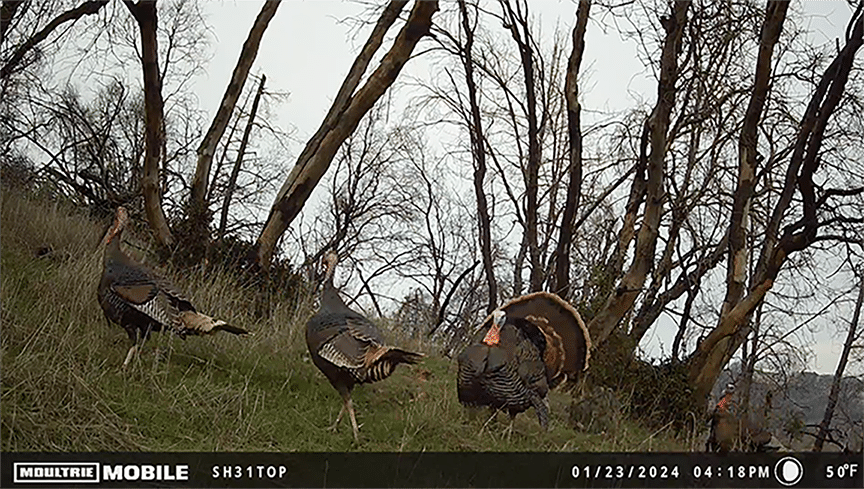
Featured
If you are eager to take your turkey hunting knowledge to the next level, these tips will help you get the most out of your trail camera placements.
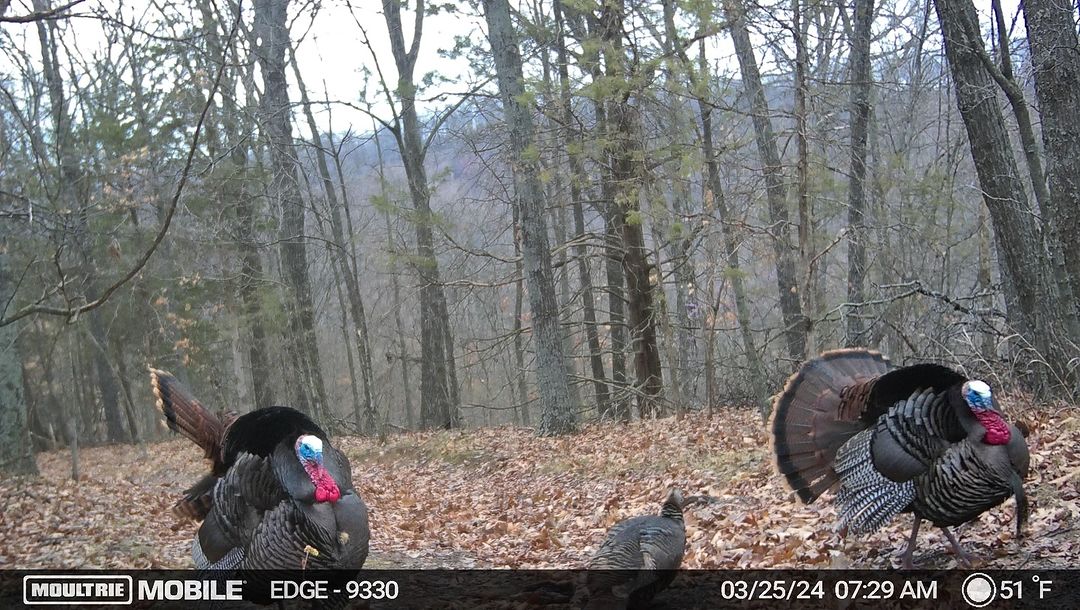
Featured
Wild turkeys are among America’s most hunted and popular game birds, tucking in with pheasants and waterfowl as the Birding Big 3. Turkeys and turkey hunters have some quirks that make hunting them more fun.

